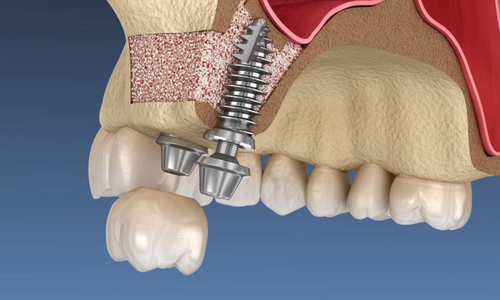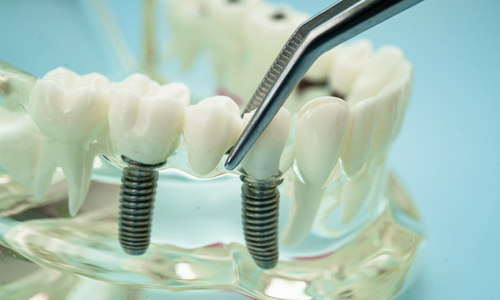The loss of a single tooth may often seem like a cosmetic issue, but it can have significant impacts on chewing function, speech quality, and overall oral health. Over time, the gap from a missing tooth can cause neighboring teeth to shift, jawbone resorption, and alterations in the jaw structure. In such cases, a single tooth implant provides a reliable, long-lasting, and natural-looking solution that mimics both the aesthetic and functional qualities of a natural tooth.
Single tooth implant treatment involves placing a titanium screw into the jawbone, which functions like a natural tooth root. After the implant integrates with the bone, a porcelain or zirconium crown is attached, creating a strong, aesthetic, and natural result.
Unlike traditional dental bridges, this method does not damage the adjacent teeth. It also supports the jawbone, preventing bone loss. For individuals with a missing tooth, it is an ideal and long-term solution from both an aesthetic and health perspective.
How Is a Single Tooth Implant Performed?
The treatment process begins with a detailed clinical examination by the dentist. Intraoral inspection and digital X-ray images are used to evaluate the jawbone structure. If the jawbone volume is insufficient, bone grafting (bone powder application) may be recommended prior to the implant procedure.
Once the planning is complete, the procedure is performed under local anesthesia. A titanium implant is surgically placed into the area of the missing tooth. This procedure usually takes 15 to 30 minutes, and the patient can be discharged the same day. Patient comfort is prioritized during the procedure.
The implant needs to biologically integrate with the jawbone. This process typically takes between 3 to 6 months. During this time, the patient should follow a soft food diet and adhere to the dentist’s instructions.
Once healing is complete, an abutment, which is a connector piece, is placed onto the implant. After that, a porcelain or zirconium crown is custom-made to match the patient’s dental structure and tooth color, and it is permanently fixed onto the implant. The shape and height of the crown are adjusted to complete the treatment.
Advantages of a Single Tooth Implant
-
Mimics the natural appearance and function of a tooth
-
No need to trim adjacent teeth
-
Supports the jawbone and prevents bone loss
-
A long-lasting and fixed solution
-
Offers both aesthetic appeal and comfort
Frequently Asked Questions
Is a single tooth implant a painful procedure?
No, the procedure is performed under local anesthesia and is generally painless. There may be mild sensitivity afterward, but it typically resolves quickly.
When can I return to normal activities after the implant?
The patient is usually discharged the same day, and light daily activities can be resumed the following day.
How long can a single tooth implant last?
With proper care and regular check-ups, a single tooth implant can last for 20 years or longer.








